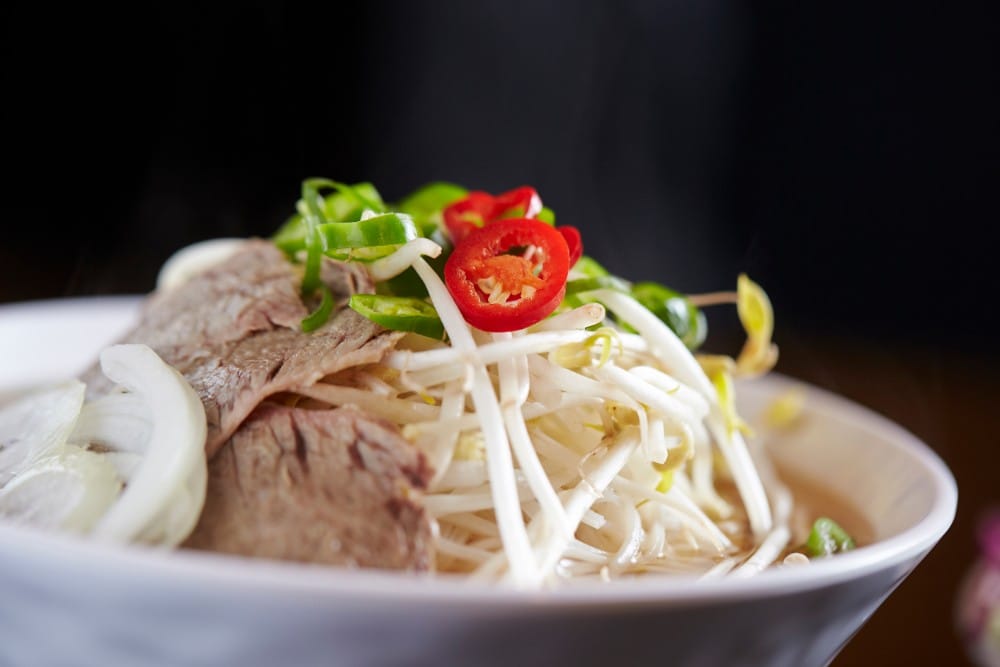
Did you know Vietnamese cuisine is among the healthiest in the world?
It’s true. Vietnamese dishes focus on flavorful fresh herbs and vegetables rather than dairy and oil often found throughout western diets.
Not only is traditional Vietnamese food healthy, but it’s also delicious. Here’s everything you need to know about Vietnamese street food and traditional cuisine before embarking on your journey.
Key Ingredients Found in Vietnamese Cuisine
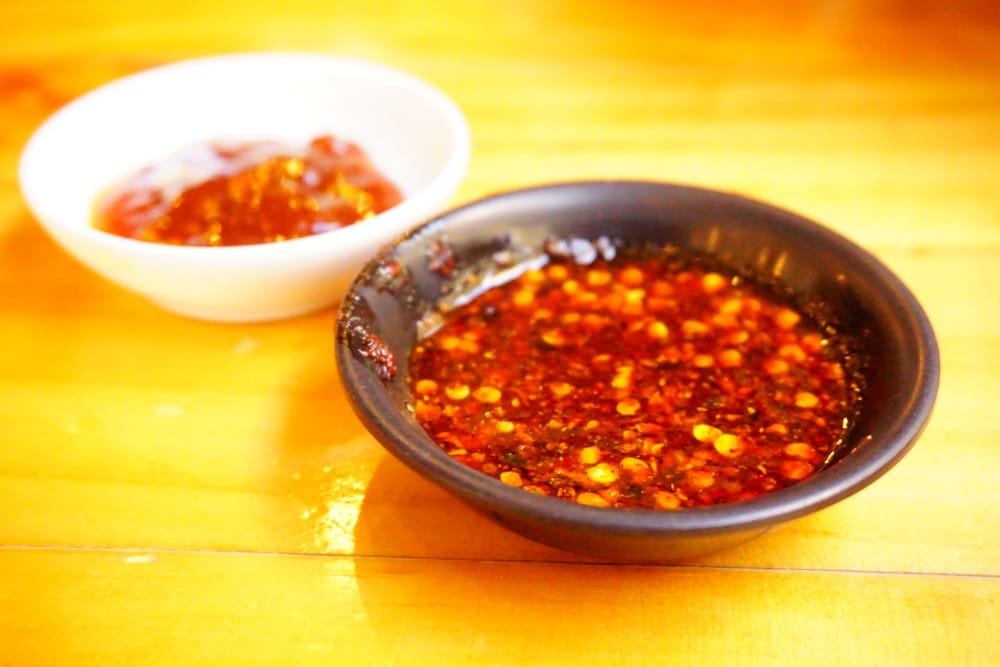
Traditional Vietnamese food is developed with a high level of mindfulness through the Asian principle of the five elements: water, wood, fire, earth, and metal. These elements work in harmony with colors, organs, spices, senses, and nutrients to create a balance that’s most beneficial to the body.
The flavor combinations create a distinct balance between “hot” and “cool.” All Vietnamese cuisine is designed with these basic principles of Yin and Yang in mind.
Some of the most common ingredients in Vietnamese dishes include:
- Fish sauce
- Soy sauce
- Rice
- Shrimp paste
- Fresh vegetables like beans, cabbage, and cucumber
- Tropical fruits
Flavorful spices include:
- Mint
- Ginger
- Coriander
- Cinnamon
- Black pepper
- Lemongrass
- Basil
- Lime
- Bird’s eye chili
What’s with All the French Food?
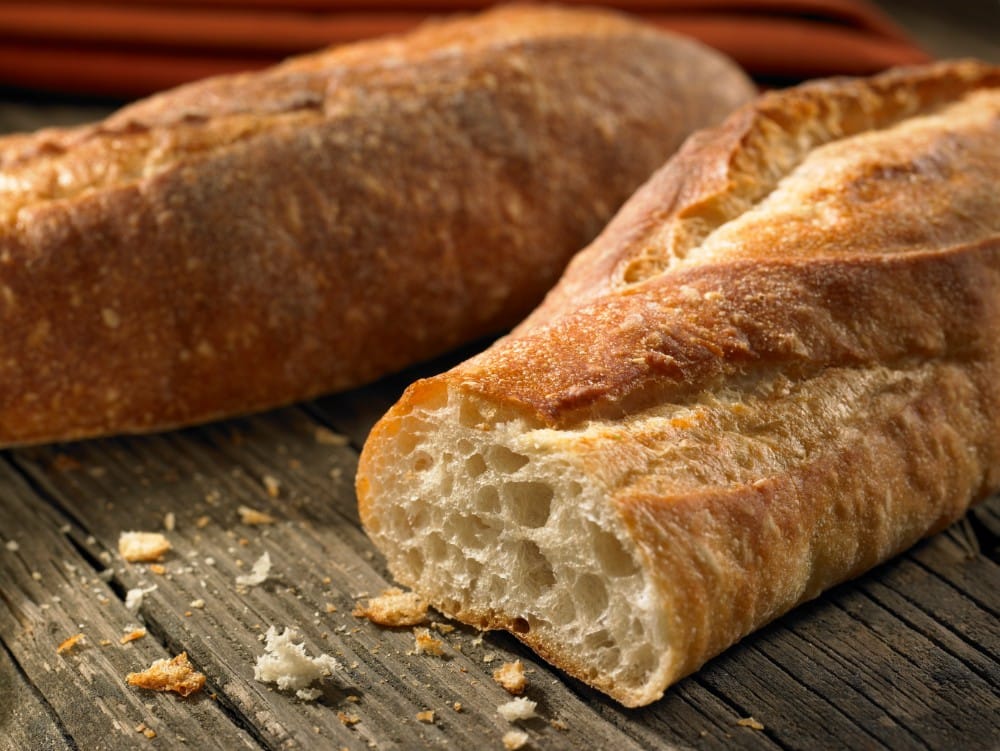
Western influence in Vietnam from France dates back several centuries with trading and military conquest.
France harshly ruled Vietnam as a colony for roughly 100 years until revolutionary leader Hồ Chí Minh declared independence in 1945 on behalf of the Vietnamese people.
French’s military occupation is history, but the western influence remains in Vietnamese cuisine and fashion on the streets of Hồ Chí Minh city today. Vietnam has brilliantly incorporated French ingredients and food styles into their traditional cuisine with breads, pâtés, and grilled meats.
Traditional Vietnamese Food by Region
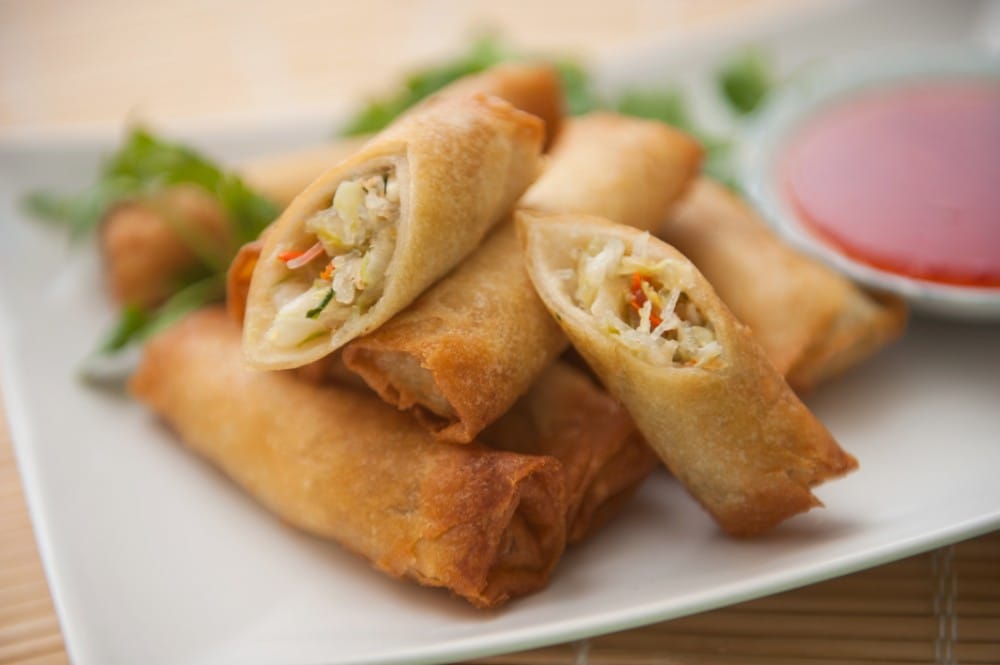
As you travel throughout Vietnam, you’ll notice Vietnamese dishes vary depending on the region. These regional differences depend on local ingredient availability, fresh food sources, and traditional indigenous recipes.
North: Subtler Flavors and an Emphasis on Fish
Vietnamese dishes in the country’s northern regions put less of an emphasis on bold spices and flavors.
Due to the north’s colder climate, spices are harder to come by, so northern traditional Vietnamese dishes focus on flavors like black pepper instead of chili.
Livestock is also generally less abundant in the north, so instead you’ll find Vietnamese street food that includes lots of crab, prawns, shrimp, mollusks, freshwater fish, and other shellfish.
Central: Complex Combinations and Small Plates
Lovers of spicy food will fall head over heels for central Vietnam’s bold dishes and complex flavor combinations.
Central Vietnam is nestled in the mountains with rich and fertile soil which makes it ideal for cultivating flavorful spices.
Due to its location of the country’s final dynasty, Vietnam’s central region boasts sophisticated “royal” cuisine with bright colors and vibrant flavors like chili and, of course, seafood.
South: Vibrant Fruits, Herbs, and Veggies
Southern regions of Vietnam are also excellent for agriculture due to the warm tropic climate and fertile lands. For this reason, Vietnamese street food here is crafted with fresh herbs, fruits, and vegetables.
It’s also an ideal location for raising livestock so dishes often include meatballs, beef, chicken, duck, or pork. Flavors in this region often include garlic, onions, shallots, and basil.
What sets Vietnamese food in the southern region apart? Sugar. Here you’ll find sweet dishes with lots of coconut milk.
Vietnamese Dishes You Have to Try
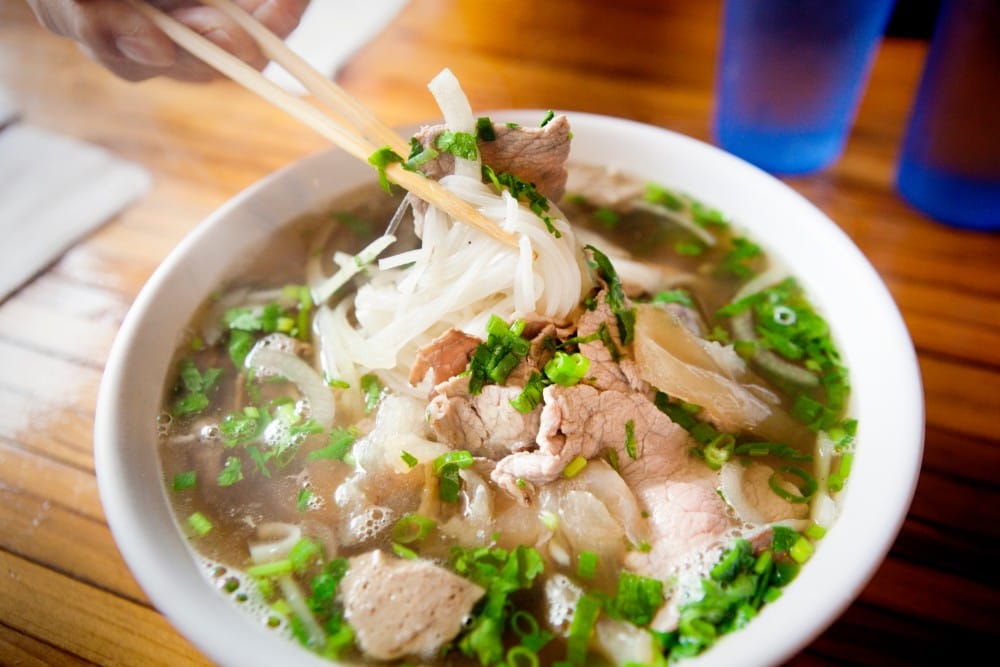
This is by no means a definitive list. Vietnamese cuisine is extensive, and it would be impossible to cover all the amazing Vietnamese dishes in one list.
Nonetheless, here are some of the best Vietnamese food you absolutely must try.
- Phở: A soup made with rice noodles, beef, onions, bean sprouts, basil, and lime.
- Gỏi cuốn: These Vietnamese summer rolls are usually filled with pork, shrimp, and vegetables.
- Bánh rán: These deep-fried rice balls are a sweet and decadent snack.
- Bánh căn: You can find these small pancakes in the south. They’re made with quail eggs.
- Canh chua: This sour soup really highlights the diversity of Vietnamese food with pineapple,
- tomatoes, and other veggies.
- Bánh mì: This is the classic fusion of Vietnamese and French cuisine in a delicious sandwich.
- Chạo tôm: This dish is a shrimp cake grilled on a sugar cane stick.
- Bánh xèo: Another fusion of east and west, this is a crepe made with rice flour and filled with
- whatever ingredients you like.
- Cha gio: These deep-fried spring rolls are generally filled with pork or other meat.
Drinks and Desserts
The flavors don’t stop at dinner. Top off your meal with a tasty treat or maybe even a nightcap.
- Bánh kẹp lá dứa: This is a waffle flavored with coconut.
- Bánh bò: A spongy rice cake made with coconut milk.
- Chendol chè bánh lọt: A sweet coconut drink with worm-shaped green jelly.
- kẹo dừa: coconut hard candy.
- Chanh muối: A salty and non-alcoholic limeade.
- Rượu đế: Liquor distilled from rice.
- Rượu cần: Wine made from rice.
Best Vietnamese Food Tips to Ensure Safety
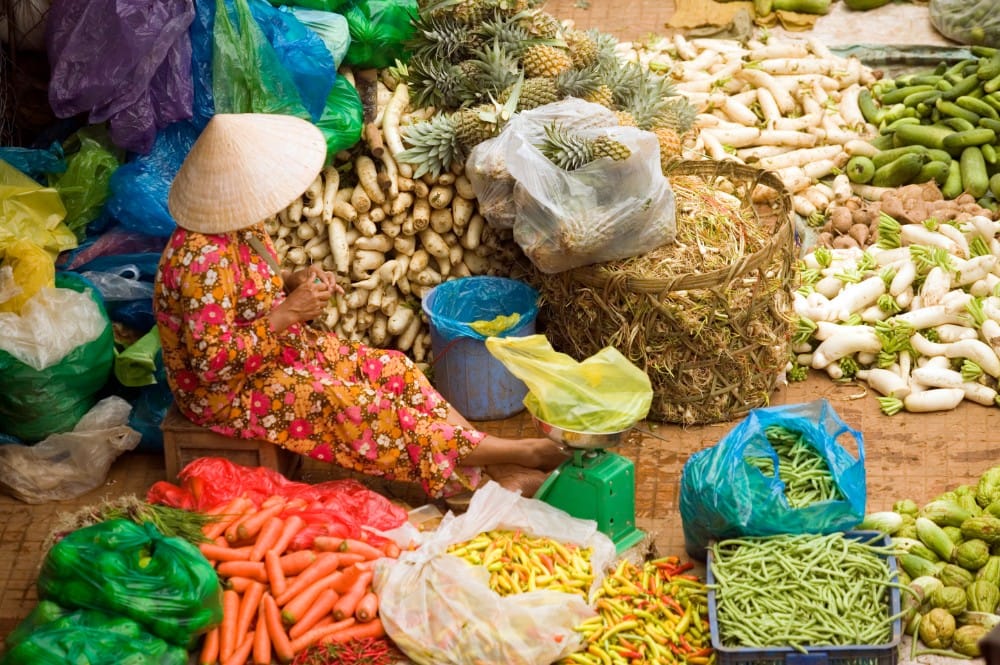
Those with food allergies will want to take special care when traveling through Vietnam.
People with dairy allergies can enjoy many choices since cow’s milk is often replaced with coconut or soy milk throughout the country.
Anyone with a shellfish, soy, or gluten allergy should take special consideration when planning their trip since most dishes contain various types of fish or shrimp sauce. You may want to consider switching to vegetarian meals for your trip – and you’ll certainly have more than enough choices.
Ready for Some Vietnamese Street Food? Apply for Your Travel Visa Now
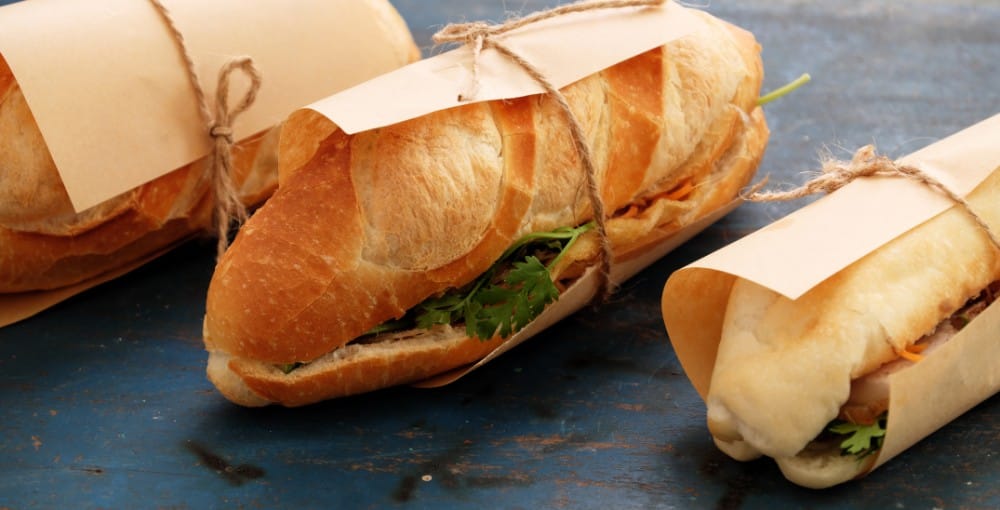
We make it easy to apply for your Vietnam visa without even leaving home. Visas are required for all foreign visitors entering and exiting the country.
By applying for your visa through our website, you can receive an approval letter within just a few days – or hours – depending on your urgency. Our process is fully supported and recognized by the Vietnamese Immigration Department.
Apply now or learn more about the process so you can taste the best Vietnamese food as soon as possible.